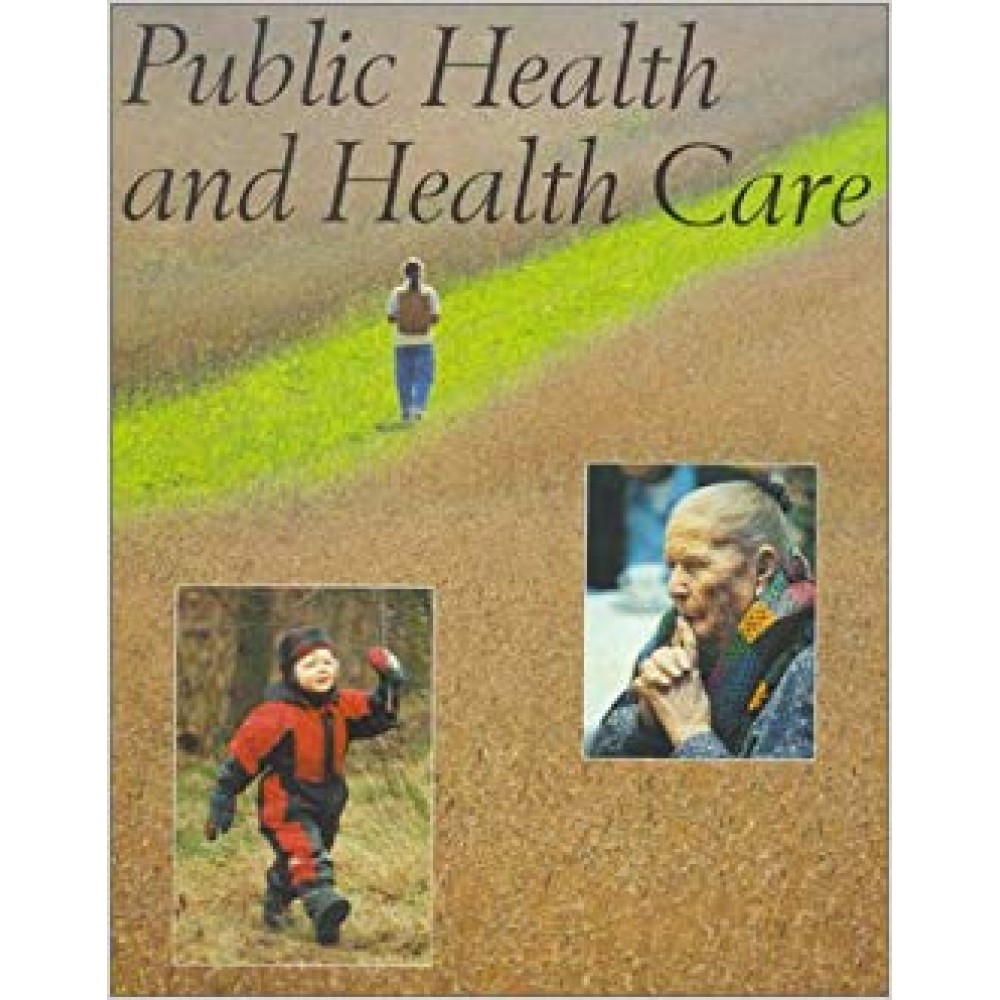Public Health and Health Care presents surveys of the diseases people used to suffer from in the past and of today's health problems. The foundations of this knowledge were laid by the clergymen who, since 1749, have kept accurate records of the health and living conditions of the Swedish population. With the aid of disease registers and personal identity numbers we can today keep track of public health and diseases more effectively than in most other countries in the world. The risks of falling ill vary from country to country, but they also vary within a country like Sweden, as the many maps in this book show. The health of a population reflects the society in which they live, and there are clear links between lifestyles, social conditions and health. In areas with a high level of unemployment, many recipients of social benefits and a large percentage of smokers the average life expectancy, for example, is lower and the mortality from cardiovascular diseases is higher. The fact that our health is also affected by what we eat is illustrated by maps showing, for example, the distribution of overweight and stomach and intestinal cancer. Another important section of this book covers the organisation and administration of health and medical care. Both the need for care and developments in medicine are growing more rapidly than the available financial resources, which means that there will be increasing demands for rationalisation and prioritisation. At present health and medical care account for just over eight percent of the gross national product. Public Health and Health Care provides information on matters that affect private persons as well as decision-makers and those working in the field of health and medical care















